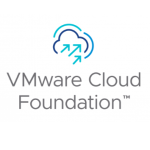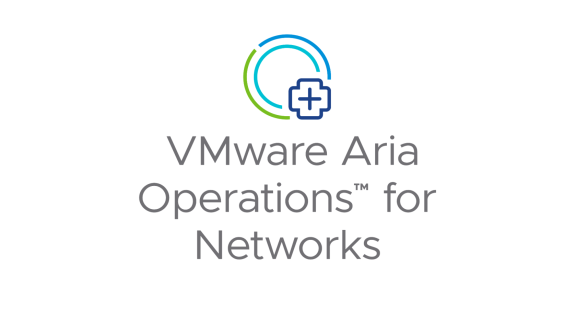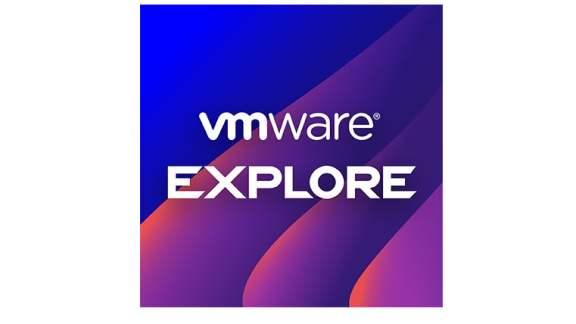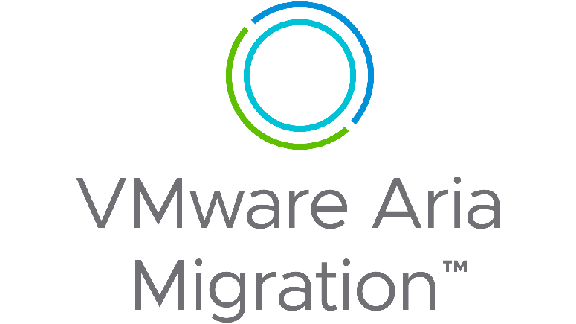One of the secret weapons for our customers that have had success with cloud cost optimization is pretty simple—a recurring meeting.
Not only does a recurring review of organization-wide cloud cost optimization efforts ensure that everyone will communicate, but it also establishes deadlines for all contributing team members to show progress on their deliverables. While few of us can get excited about adding another meeting to the calendar, the communication and accountability can make a big difference.
As cloud usage scales, the implications are far-reaching across the organization, often leading to new questions around budgeting and cloud cost optimization. Answering those questions requires aligning stakeholders from across functional teams to understand the implications of any cloud cost optimization efforts before implementing them. This is why so many of our customers have embraced the Cloud Center of Excellence (CCoE) model.
This topic came up in several of the customer-led sessions at our CloudLIVE Virtual conference earlier this year. James Fogerson, Sr. Manager of the Cloud Center of Excellence for Robert Half International, said in one session that recurring cloud business reviews helped with a problem that had been holding their strategy back—cloud cost optimization isn’t anyone’s day job. While everyone would agree that cloud cost optimization was important, without the ability to hold the teams accountable, these efforts would lose priority to day-to-day responsibilities.
Here are three takeaways from CloudHealth customers who have set their teams up to have productive conversations around cloud cost optimization.
1. Establish KPIs that can evolve as your strategy does
In another session at the CloudLIVE Virtual conference, Alexis Pelliteri, Head of Cloud Optimization at Randstad, discussed the importance of establishing a scalable KPI framework to review during these conversations. For Randstad, the KPI review involves live cost dashboards, savings trackers, and a focus on comparing forecasts and budgets with actual spend. James at Robert Half also mentioned the importance of an in-depth report to provide a basis for recommendations and action items throughout the discussions.
In both sessions, flexibility was deemed a critical asset for effective KPIs. For example, James said his team is constantly finding new ways to manage costs and creating new reports accordingly. As part of their reviews, the team updates the template to incorporate any new findings that might be valuable over the long term.
Alexis mentioned how valuable the KPI framework that they developed to manage their AWS environment has been as they have scaled workloads in Google Cloud Platform. Had their KPIs been too closely tied to the unique services or characteristics of one cloud platform, they would need to redesign and rebuild the framework to adapt as their multicloud strategy evolves.
Some examples of KPIs that have helped our customers manage cloud costs effectively include cost optimized over time, percent of instances underutilized, and cost per resource. For more recommendations, check out our whitepaper, Building a Successful Cloud Financial Management Practice.
2. Communicate often and openly to make conversations productive
While the recurring business review is valuable, it should not be the only time that your teams communicate about their cloud cost optimization efforts. In his session, Alexis mentioned the importance of avoiding any surprises in the cloud business review by reaching out to the teams that might be performing outside of expectations proactively. This can help provide context before the next cloud business review is held while also establishing trust among the different stakeholders participating.
Trust was an important factor as Robert Half implemented their cloud business review process. James mentioned that a need for standardization and ownership over cloud management efforts was the driving force behind the development of a CCoE. Establishing a collaborative environment focused on delivering outcomes helped to prevent the kind of political infighting that might have made the CCoE ineffective.
This level of communication should not be limited to just the results of your cloud management efforts. Alexis discussed the value of creating a full business case for suggested efforts to reduce cloud costs, which includes the stakeholders required, expected business outcomes, and expected timelines. Discussing these requirements proactively can help all stakeholders involved understand whether the measure will be worth the effort before committing any resources, and avoid awkward conversations after an expensive effort fails to deliver the expected outcome.
3. Provide transparency into the business impact of cloud cost optimization efforts
In a separate session during the CloudLIVE Virtual conference, two engineering leaders said that providing visibility into how small decisions impact the business at large has helped keep their broader teams engaged with cloud cost optimization efforts.
Riley Jenkins, Senior SRE Architect at Domo, said that understanding the organization’s broader business objectives has driven engineers in the organization to think twice about the financial implications of their decisions with cloud-based infrastructure. Brent Strong, Cloud Engineering Manager at Change Healthcare, added that simply explaining how the pay-as-you-go nature of cloud infrastructure impacts the organization’s reliance on capital expenditures or operational expenditures has helped to put the engineering team’s decisions into perspective.
The public cloud has a lot of advantages and can help your teams move faster, but it also creates new financial implications. Scaling your environment efficiently requires open communication and collaboration on the organization-wide implications of your cloud use.








